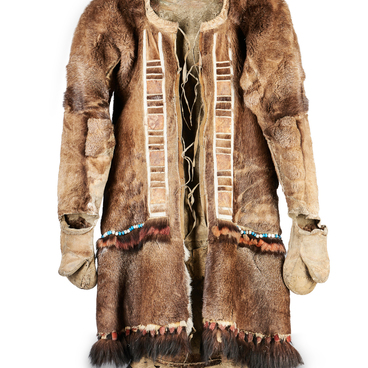Salmonids are a large family of fish that appeared as far back as the Mesozoic era. A distinctive feature of fish from this family is the presence of an adipose fin. Kamchatka waters are predominantly inhabited by representatives of the genus Oncorhynus. It includes six species: pink salmon, chum salmon, coho salmon, chinook salmon, sockeye salmon and cherry salmon.
Pacific salmon are semelparous anadromous fish, that is, they spend part of their lives in the sea and part in freshwater rivers, dying after the first spawning. This genus inhabits the North Pacific Ocean. The fry, hatching from the egg, slip into the sea, where they usually spend several years. During the marine period, the fish make long migrations far into the ocean, but usually return to the rivers where they were born. In science, this characteristic is called “homing”.
After entering fresh water, the appearance of Pacific salmon changes. The coloring of the body and head darkens: silvery hue is replaced by a bright one, and the flesh becomes paler. At the same time, the amount of fat decreases, as the fish stop feeding, switching to the use of their own fat reserves. Fat, which was stored while being at sea, is enough to move against the flow of rivers to the spawning ground, building a nest and laying eggs. The corpses of the dead parents become food for the newly born offspring.
Chinook salmon is the largest of all Pacific salmon. This fish of the Northeast can reach one and a half meters in length. Chinook salmon enter rivers for spawning from the fourth to seventh year of life. Salmon fattens up in the waters of the Bering Sea, adjacent to the ridge of the Commander and Aleutian Islands. It feeds primarily on small fish.
Chinook salmon became famous
due to its taste qualities. The meat of this fish has long been valued by
people more than gold. Stepan Petrovich Krasheninnikov, a famous Russian
botanist, geographer, ethnographer and traveler of the 18th century, wrote,


